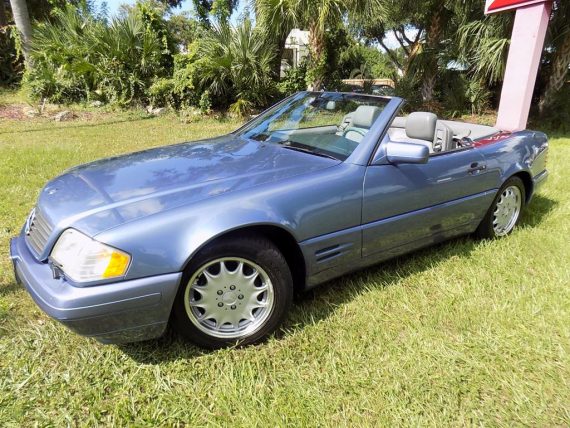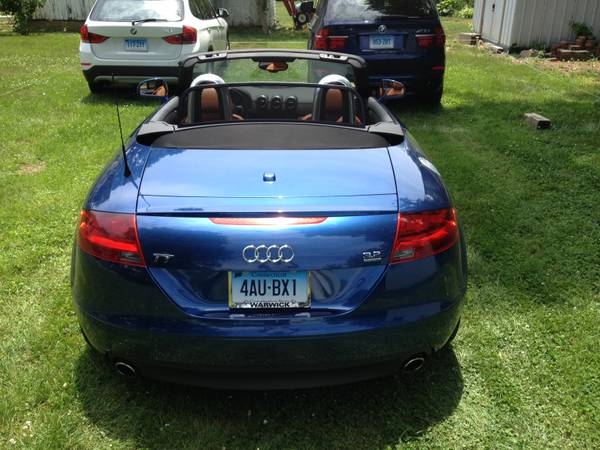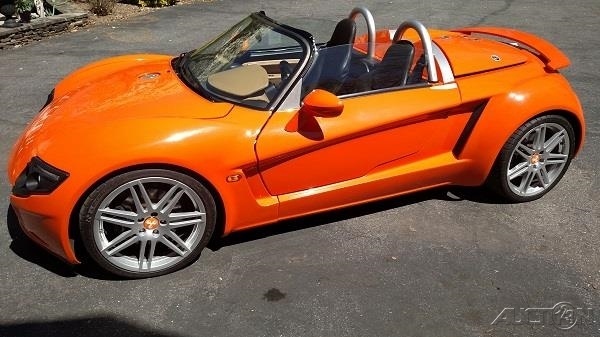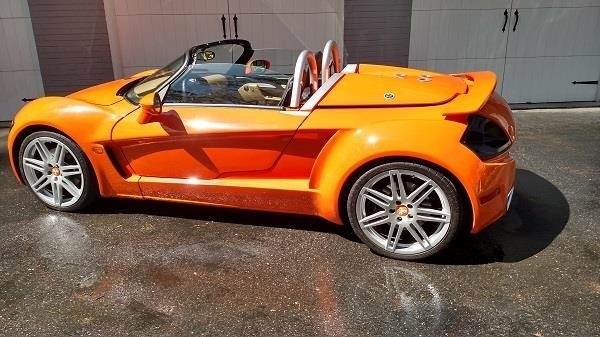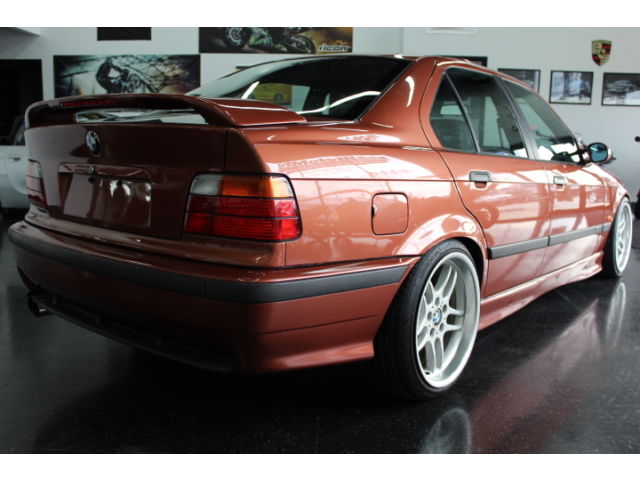The Golf Harlequin is one of those strange creatures that ostensibly would look more at home in a art festival than in a car show. Volkswagen’s “Chinese fire drill” of body parts from primary colored Golfs was an interesting exercise, leading to the moniker Harlequin – a reference to the colorful and semi-psychotically eyed ducks, themselves named after a colorfully dressed character in Italian 16th century theater. Now that you’ve learned something, these Golfs have become legendary and desirable in their own right despite effectively being a base model underneath, leading to the replica color scheme not only extending to copies of the originals, but even to replicas utilizing other Volkswagen models. My local Volkswagen dealer, for example, has used the scheme not only on post-Mk.3 delivery Golfs, but even their Chevrolet Express parts vans have the mismatched tones. But today we’ll look at a replica GL which has gone to great lengths to mask itself in the colorful attire. Unlike the originals, though, this one has a serious weapons-grade revision in the drive department:
Tag: 3.2
VAG’s decisions on who would be able to shift their own gears have always been a bit confusing, but the period of the 3.2 VR6 is really where this came to a head for U.S. customers. In 2004, Volkswagen brought their hottest Golf (finally!) to our market, featuring the singing VR6 in 6-speed manual only form with the R32. Great, but Audi offered the same platform in slinkier TT 3.2 Quattro form. However, fans of manual shifting were overlooked as Audi opted to bring the top TT here only with DSG. This carried over to the A3 model range, where you could get a 3.2 quattro but only with the DSG box. When it came to the next generation, VAG opted to change this formula. As it had been a fan favorite, you’d assume that the R32 would retain the same layout. But no, Volkswagen removed the manual option and the Mk.5 based R32 became DSG-only. So that would hold true in the bigger budget, typically more tech-heavy TT too, right? Wrong, as in the 2nd generation, Audi finally opted to allow buyers to select a manual in either Coupe or Roadster form:
CLICK FOR DETAILS: 2008 Audi TT Roadster 3.2 quattro on New London Craigslist
4 CommentsMany enthusiasts – this author and, in general, all of the writers at GCFSB included – complain that cars have gotten too complex, too heavy, too isolating. An increasing reliance on computer controls to save poor driving skills and reign in huge horsepower certainly produces impressive numbers on the track. But, somehow the charts of ‘Ring lap times, superbike-embarassing 0-60 times and dyno numbers has taken an important aspect out of driving – the driver. However, at the same time that there has been an explosion of horsepower numbers and proliferation of computer controls, there has been a backlash of simple, enjoyable cars to drive. Models like the Elise proved you didn’t need a 10 cam, quad turbocharged V20 to go fast. Utilizing a relatively cheap and reliable inline-4 and adding lightness, the Elise takes the electronics out and relies on you paying attention to everything that is going on in the car to go fast – yet, fast it goes. Similar cars like the Ariel Atom, Opel Speedster/VX220, BAC Mono and, yes, even the Mazda Miata have followed the same recipe. But we’ve got one today I’m betting you probably have never heard of in the YES! Roadster Turbo. As the engineers from Lotus did, the team of Funke and Will from YES! took some proven parts from the Volkswagen and Audi catalogue and dropped them into the middle of an aluminum frame, added some spice and styling that channeled the Audi TT, Opel Speedster, Lotus Elise, the Spyker C8 and a little Lamborghini inspiration and produced one cool little package:



